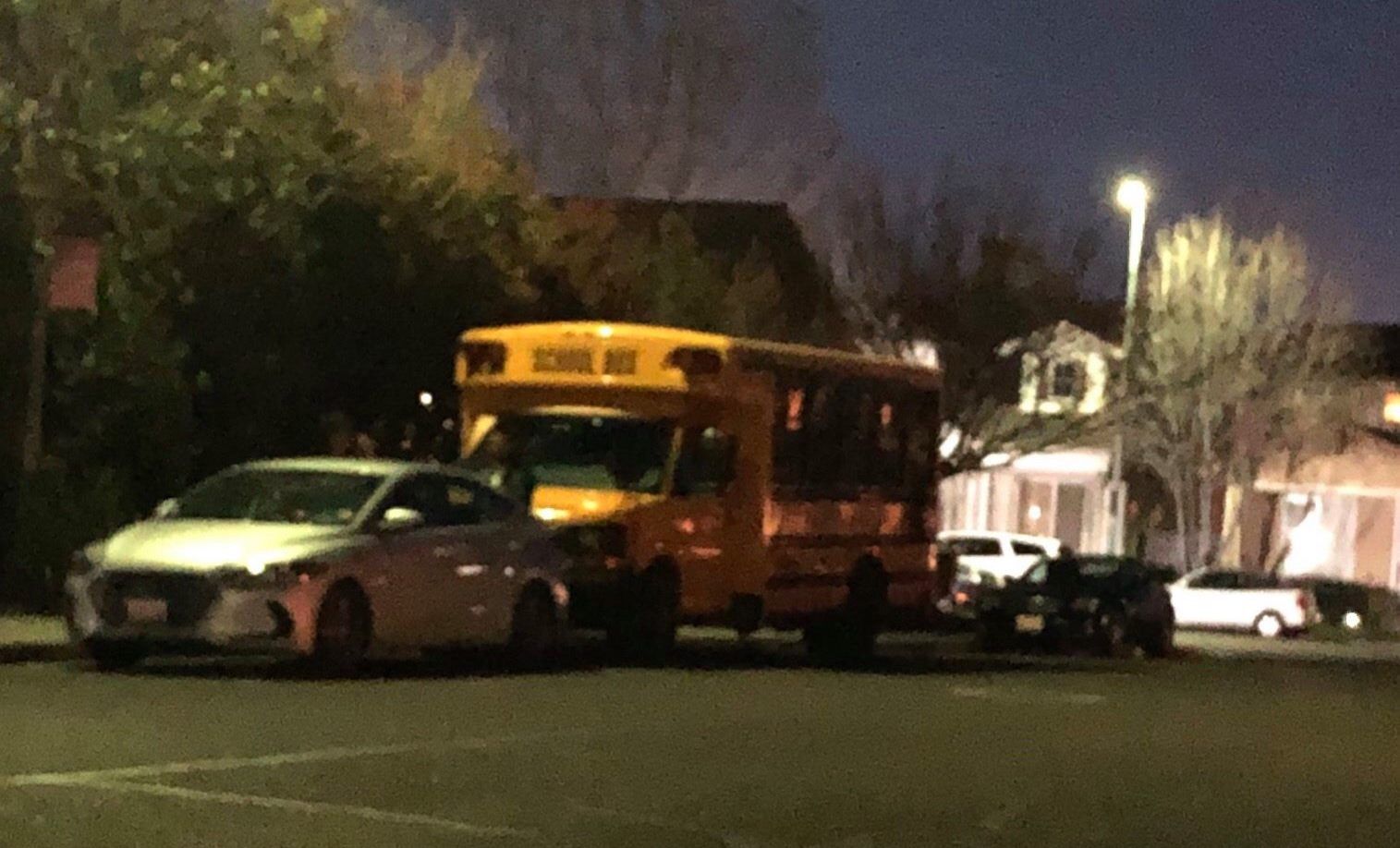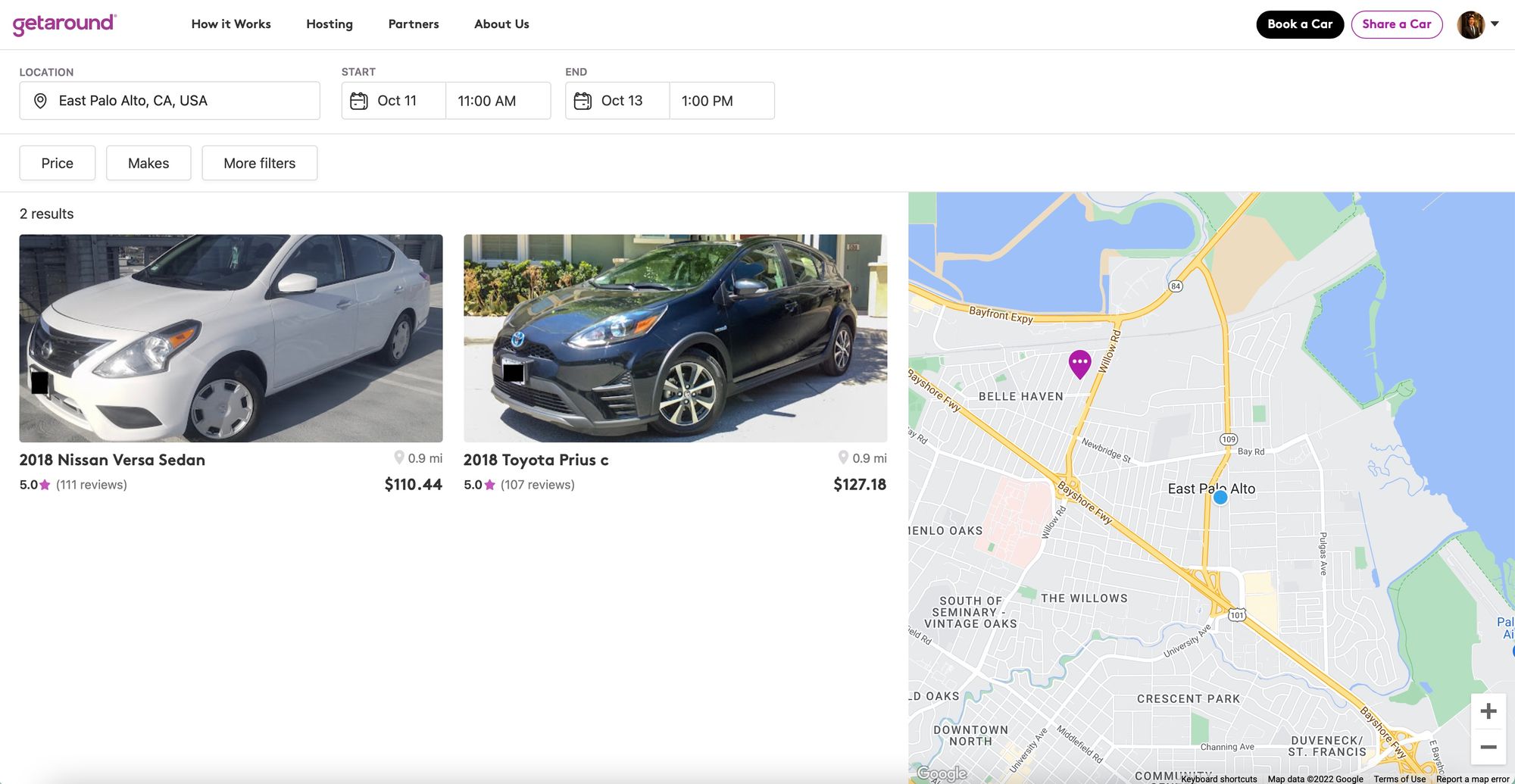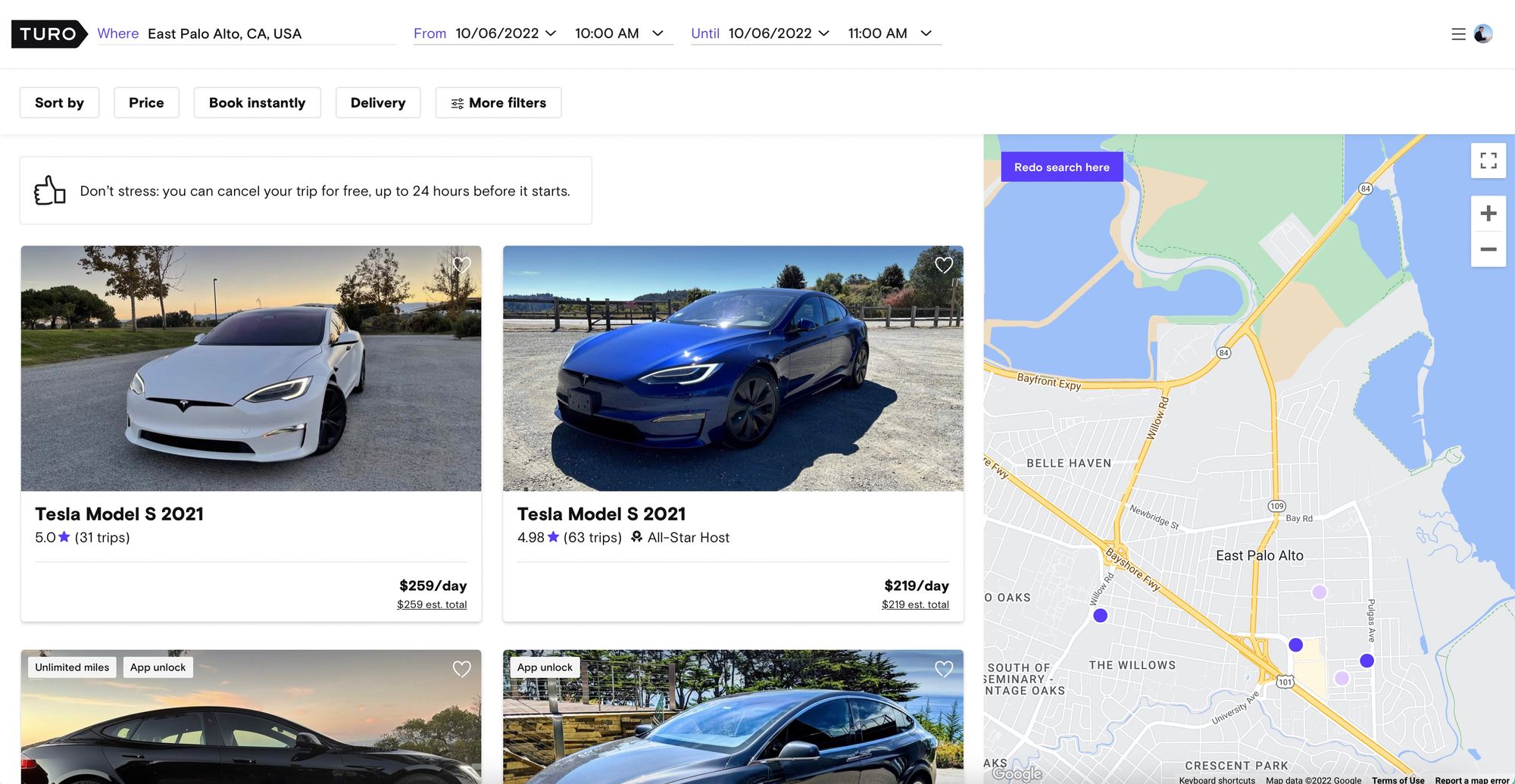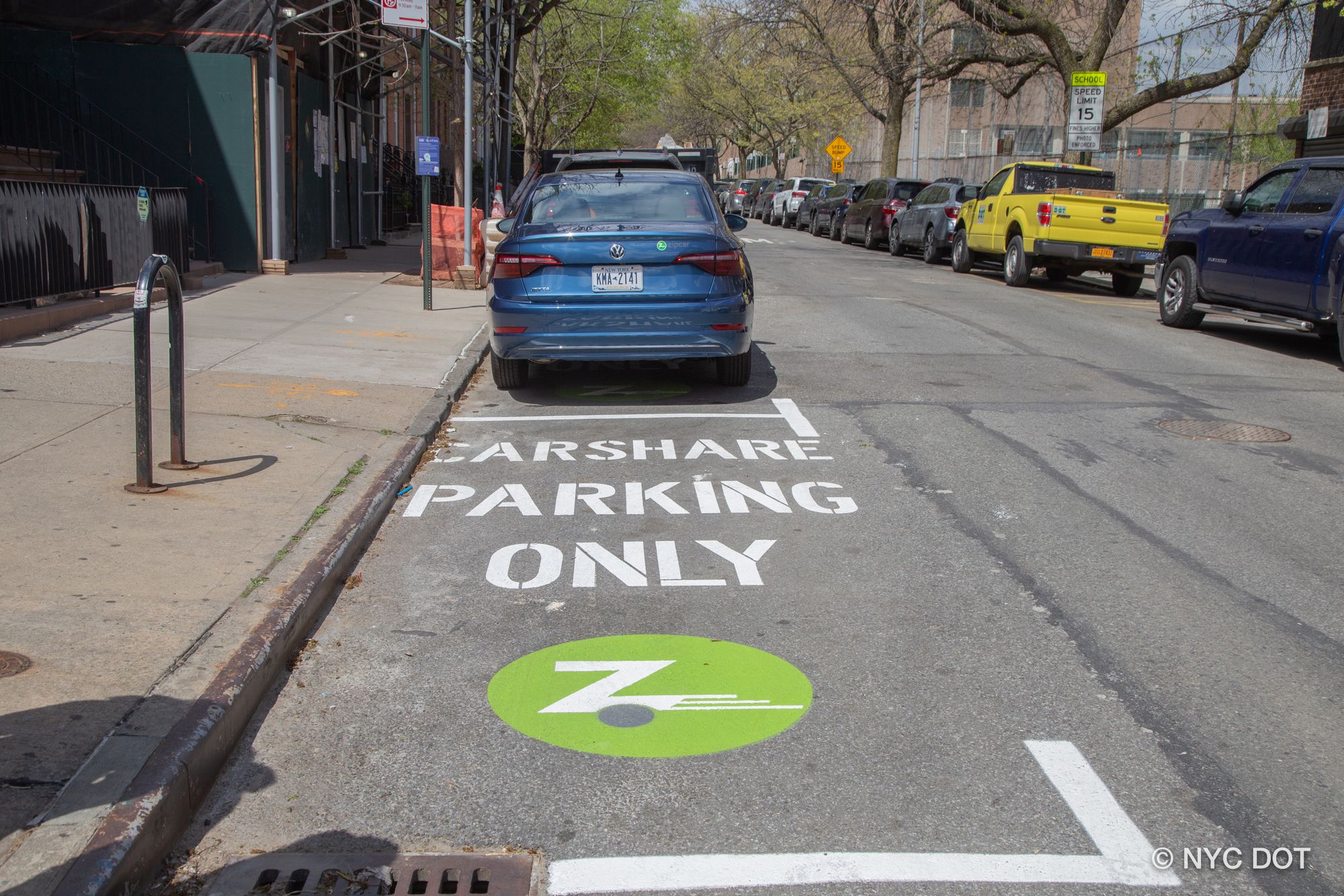I'd like to talk to about one potential incremental solution that could help remove around 1 - 3% of the cars parked on the road.
In my previous post, I talked about East Palo Alto's parking congestion problem:

In this post, I'd like to talk to about one potential incremental solution that could help remove around 1 - 3% of the cars parked on the road. I'll also talk later in this post about how I back-of-the-envelope estimate this 1 - 3% number.
Can we use carshares in East Palo Alto to ease parking congestion on our streets?
What is a Carshare
Wikipedia: https://en.wikipedia.org/wiki/Carsharing
Examples of carshares include: Zipcar, Getaround, Turo, maybe even Home Depot truck rentals. Examples of NOT carshares include Uber/Lyft (these are rideshares), Hertz and Avis (these are traditional rental services).
Except for the Home Depot truck rental, I have used every service listed above, none of them in East Palo Alto but in different places.
Current Carshare Options
East Palo Alto does not have many carshare options:
We do not have any Zipcars, as evidenced by this photo below. Palo Alto and Stanford University, on the other hand, have a lot of Zipcars. In 2014, Palo Alto City Council approved a carshare lease agreement with Zipcar.

We do not have any Getarounds.

We have 4 Turo's, which is better than Zipcar and Getaround but not by much.

Why Use a Carshare?
Carshares are not for everyone. It's not for people who drive every day, or often. I think it's really meant for people who rarely drive: people who would be on the borderline of buying a car but would not use it enough to justify the cost.
In my previous post on my decision to sell my car, I talk about the expenses of owning a car which for me was around $13,000 per year, assuming 5k - 10k miles driven. With that money, assuming a rideshare is around $25 per ride, I could take 520 Uber/Lyft rides per year, or get 260 round trips in in a year. That means that if I know I only need a car, let's say, each weekend to particular destinations, then that would be 52 weekends * 2 days each weekend = 104 days per year. Assuming 1 round trip per day, that gives me a surplus of 156 rides per year even with that number of Uber/Lyft rides.
Rideshares don't get us everywhere though, like if we want to get into the mountains or to pick up something that we buy, and that's where carshares can step in.
I am one of this small fraction of the EPA population that was on the fence of having a car, since I do not need it most day of the week when I bike to work. For people like me who can get by without a car, there will be times when we need a car and we can use the car at those times occasionally by renting a carshare by the hour.
How Many EPA Residents Might Go Car-Less?
At the beginning of this article, I mentioned that I estimate around 1 - 3% of EPA residents can go for carshares, and I promised I'd break down how I got there. First, I will estimate the number of drivers and then try to break this down by behavior to see how many might go car-less.
Sources: US Census for East Palo Alto, East Palo Alto Housing Report (2021)
East Palo Alto has around 30,000 residents.
25% are under 18 years of age. Driving age is 16, but let's just assume 25% are not of driving age.
8% are over 65 years of age. I think they might still have cars, so we can keep them in the pool.
Reduce 30,000 residents by 25% which yields 22,500 residents of driving age.
Let's assume each person has 1 car on average. Some may have more than 1. Some may not. That yields 22,500 cars.
Now I will do a behavior breakdown to figure out out of these 22,500 residents of driving age, around how many might drive infrequently enough that they don't need a car.
I will mainly be using job location / distance from EPA as the proxy for whether a car is needed. I mainly want to know the proportion of the EPA drving age population which is commuting less than 5 miles to work. The logic is that the trips that are under 5 miles can be replaced by bike or transit, hence this portion of the population can potentially go car-less and use carshares on weekends. I noticed that the potential car reduction of 1 car per person stays regardless of if a person is single or married/with a family.
- single: going to a carshare because of less than 5 mile commute to work can reduce from having 1 car to 0 cars, a reduction of 1 car per person.
- married/family: Assuming both husband and wife work and, going to a carshare because of less than 5 mile commute to work for one person can reduce from having 2 cars to having 1 car, also a reduction of 1 car per person.
Unfortunately, I don't know what portion of EPA residents work less than 5 miles away. Let's assume that 20% of residents work less than 5 miles away. I think this is a conservative estimate, since logically people should probably try to live close to work.
For East Palo Alto which has a lot of working class residents though, I see a lot of cars on the road (e.g. work trucks, pick up trucks) where the residents need to drive with tooling to do their jobs.
So far, of the driving population, we have reduced to 20% who work less than 5 miles away. Of these, not everyone will want to go carless because it is convenient to have a car. Let's assume that 80% would not relinquish their car because they need to run other errands like bring children to school. That reduces the total eligible to go carless to 20% * (100 - 80%) = 2%.
Because I don't know the exact statistics, let's assume some noise and put this as 1 to 3% eligible to go carless out of the driving population. This meant as a proxy for the impact that implementing carsharing can have. Additional measures like bike lanes, more transit, mixed use developments, etc. would have decrease the 80% number used earlier and have incremental impact.
Impacts of Implementing Carshare(s) in EPA
If 1 - 3% of EPA residents can go car-less, this can reduce the parking congestion on our roads by 2.2 to 6.6%. Here is how I got to this number:
The East Palo Alto Housing Report, page 25 states that there are 7,724 housing units. 58.2% of these are single family homes, and the rest are multifamily (page 6). Let's assume single family homes have 2 off-street parking spots and other units have 1 off-street parking spot. That gives us 7724*.582*2 + 7724*(1-.582)*1 = 12,219 off-street parking spots.
22,500 cars minus 12,219 off-street parking spots yields roughly 10,300 on-street parking spots.
Meanwhile, if we reduce the percentage of total cars by 1%, that would reduce by 22,500*.01 = 225 cars. This frees up 225 / 10300 = 2.18% of on-street parking spots.
If we reduce the percentage of total cars by 2%, that's around 4.4% of on-street parking spots. If we reduce the percentage of total cars by 3%, that's around 6.6% of on-street parking spots freed.
The pattern here is that there is roughly a 2:1 leverage where for each resident we can convince to not need a car, that frees up double the amount of on-street parking spaces. This is, of course, assuming that residents prefer parking on their property over the public right of way.
Conclusion
In this article, I posit that East Palo Alto can consider partnering with carshares to incentivize residents who are on the fence about owning a car to feel comfortable going car-less and using the carshare when they occasionally need a car.
In future articles, I plan to expand more on the carshare topic with thoughts on:
- where I think we can add carshares in the city
- how we can increment this by encouraging more Turo and Getaround's first before getting to Zipcar which is more "permanent"
- what types of policies we can have to incentivize carshares, e.g. dedicated parking spots just for carshares?
- my experiences using carshares
- how a vision further down the line could be autonomous vehicle rideshares

